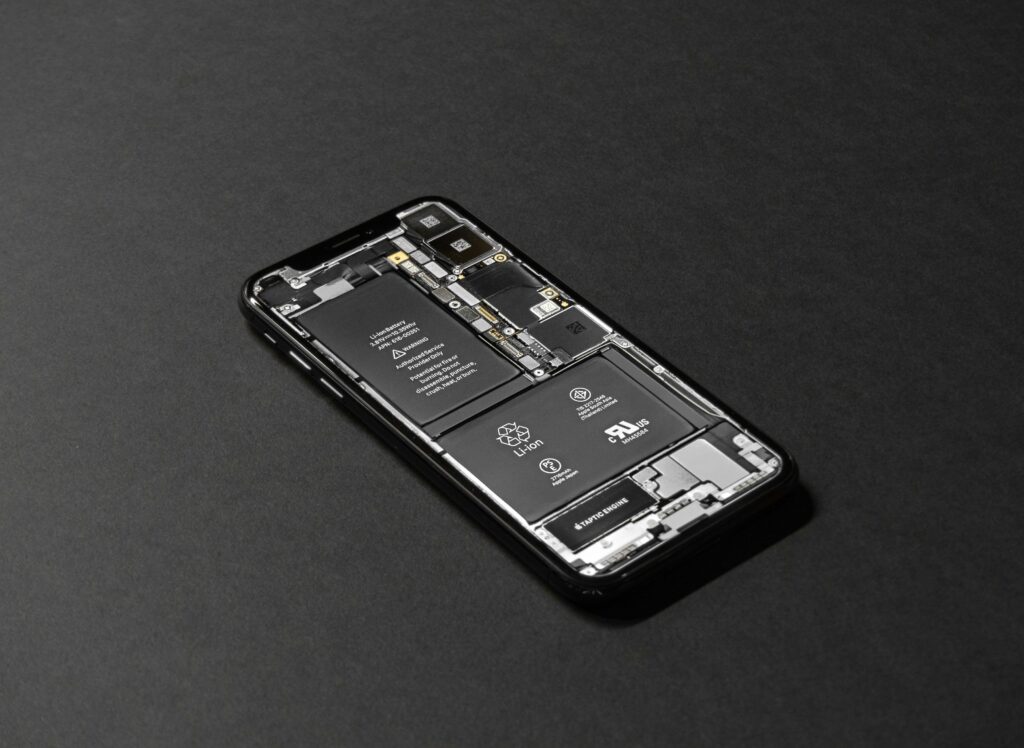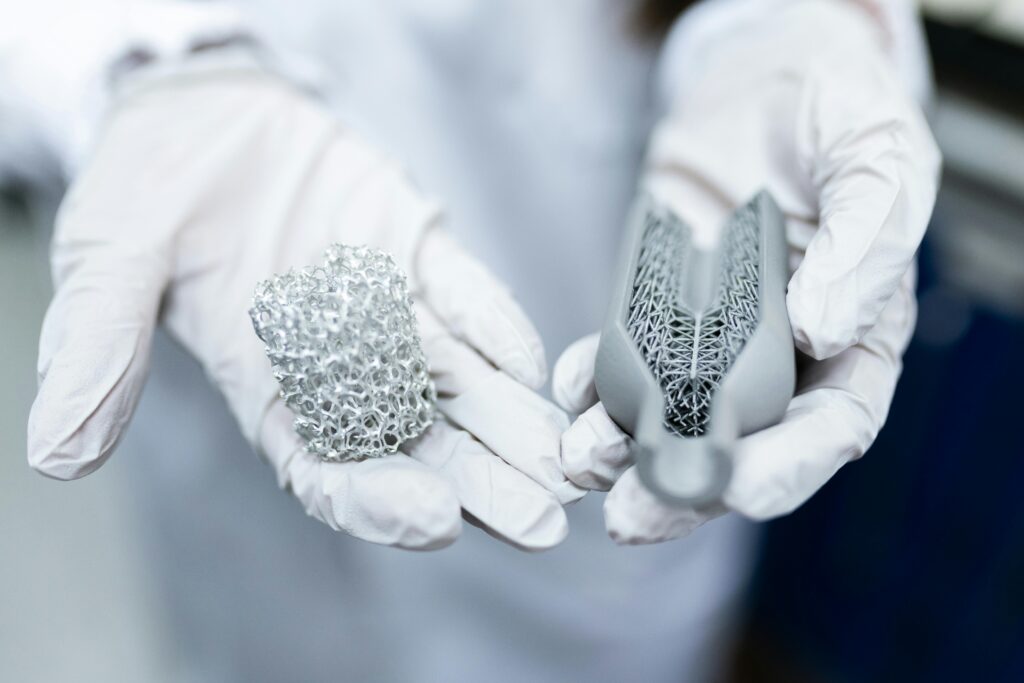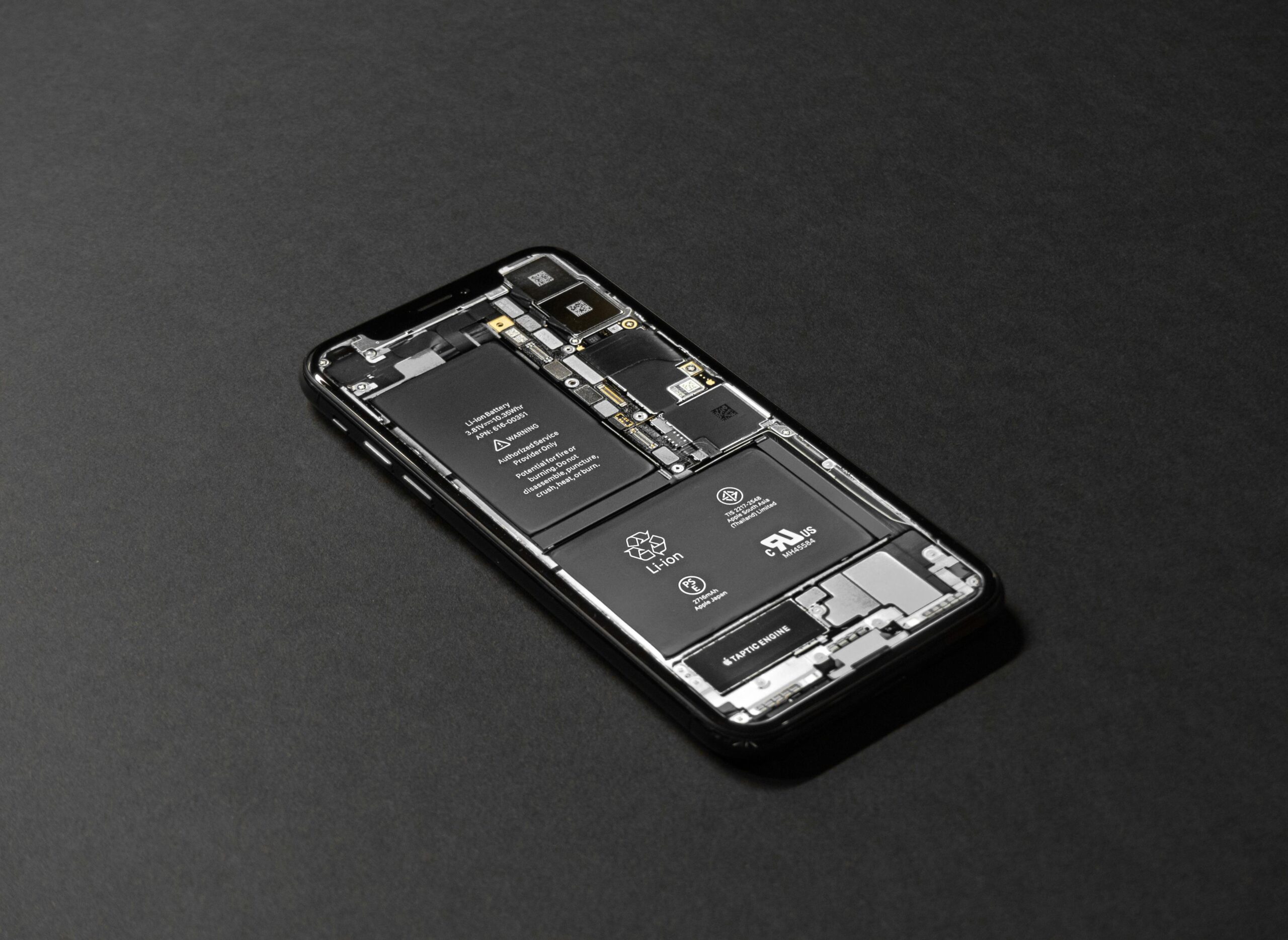In the fascinating world of battery technology, Lithium Iron Phosphate (LFP) batteries have emerged as a reliable and efficient choice for various applications. You’ll find that LFP batteries are valued for their long life cycles, exceptional safety features, and robust performance. Whether you’re curious about their role in electric vehicles, renewable energy storage, or portable electronics, this article will guide you through everything you need to know about LFP batteries, making it easier for you to understand why they are becoming increasingly popular in today’s energy landscape.
What Is An LFP Battery?
Have you ever come across the term LFP battery and wondered what it really means? Perhaps you’ve heard about it in discussions around renewable energy, electric vehicles, or even portable electronics, but you’re not entirely sure what sets it apart from other types of batteries. If you’re curious—and you probably are since you’re here—you’ve come to the right place. Let’s dive into the world of LFP batteries, unpack their meaning, benefits, and applications, and explore why they matter in today’s tech-centric world.
Understanding Battery Basics
Before we delve into what an LFP battery is, let’s take a moment to understand some basic battery terminology. Batteries come in various chemistries and configurations, but they all have one thing in common: they store electrical energy and release it as needed.
Battery Chemistry
Different types of batteries use different chemical reactions to store and release energy. The three most common types are:
- Lead-Acid Batteries: These are the oldest type and are commonly used in automobiles.
- Nickel-Cadmium (NiCd) Batteries: These were once popular in portable electronics.
- Lithium-Ion (Li-ion) Batteries: These are very common today, especially in smartphones, laptops, and electric vehicles.
Battery Configuration
Batteries come in various shapes and sizes, designed for specific applications. For example:
- Cylindrical Cells: Common in laptops and power tools.
- Pouch Cells: Often found in smartphones and tablets.
- Prismatic Cells: Typically used in electric vehicles and large-scale energy storage.
What Is An LFP Battery?
Now that you have a foundational understanding, let’s zero in on LFP batteries. LFP stands for Lithium Iron Phosphate. This particular type of lithium-ion battery uses Lithium Iron Phosphate as its cathode material.
The Chemistry Behind LFP Batteries
Lithium Iron Phosphate (LiFePO4) acts as the cathode in LFP batteries, while graphite typically serves as the anode. The chemical equation for LFP batteries can be simplified as follows:
[ \text_4 + \text \leftrightarrow \text^{+} + \text^{-} + \text_4 + \text_6 ]
In simpler terms, when the battery is charging, lithium ions move from the cathode (LFP) to the anode (graphite). When discharging, the process reverses.
Key Differences from Other Lithium-Ion Batteries
How do LFP batteries differ from other lithium-ion batteries? Here’s a quick comparison:
| Feature | LFP Battery | Other Li-ion Batteries |
|---|---|---|
| Cathode Material | Lithium Iron Phosphate | Lithium Cobalt Oxide (LiCoO2), Lithium Manganese Oxide (LiMn2O4), etc. |
| Energy Density | Lower | Higher |
| Safety | Higher | Lower |
| Lifespan | Longer | Shorter |
| Temperature Resilience | Better | Worse |
As you can see, the main trade-offs involve energy density and safety. LFP batteries offer superior safety and longevity but generally store less energy compared to other lithium-ion chemistries.

The Benefits of LFP Batteries
So, why would you consider using an LFP battery? Let’s explore some compelling reasons.
Enhanced Safety
One of the standout features of LFP batteries is their high safety profile. Unlike other lithium-ion batteries, LFP batteries are much less prone to thermal runaway, which can lead to fires or explosions. This makes them an excellent choice for applications where safety is a critical concern.
Longevity and Cycle Life
LFP batteries boast a longer cycle life compared to other types of lithium-ion batteries. They can endure more charge/discharge cycles before their capacity starts to degrade. This attribute makes them particularly suitable for applications where longevity is important, such as in electric vehicles and renewable energy systems.
Environmental Friendliness
LFP batteries are often considered more eco-friendly than other lithium-ion batteries. They do not contain cobalt, a material associated with environmental and ethical issues. This makes LFP batteries a more sustainable choice, aligning with global efforts to promote cleaner technologies.
Temperature Tolerance
LFP batteries are highly resilient to temperature variations. They perform well in both high and low temperature environments. This characteristic ensures reliability and performance, whether you’re in a sweltering desert or a chilly alpine region.
Applications of LFP Batteries
With all these benefits, where exactly are LFP batteries used? Let’s look at some of their most common and emerging applications.
Electric Vehicles (EVs)
LFP batteries are increasingly used in electric vehicles due to their safety, longevity, and temperature resilience. Although they typically offer lower energy density, their benefits make them ideal for certain types of EVs, such as buses and trucks, where space is less of a constraint.
Renewable Energy Systems
Energy storage is a critical component of renewable energy systems, such as solar and wind installations. LFP batteries offer long cycle life and high safety, making them excellent candidates for these applications. They can store energy generated during the day and release it at night or during periods of low generation.
Portable Electronics
LFP batteries are also making inroads into portable electronics. While they currently have a lower market share compared to other lithium-ion batteries, their safety and longevity make them appealing for devices where these factors are crucial.
Grid Storage
With the increasing need for stability in the power grid, LFP batteries are used in large-scale energy storage solutions. They can help balance supply and demand, store excess power during low-demand periods, and release it during peak times.
Marine and RV Batteries
For marine and recreational vehicle (RV) applications, LFP batteries are highly valued for their durability and safety. These batteries can withstand the rigors of travel and environmental changes, providing reliable power for extended periods.

Challenges and Considerations
While LFP batteries offer numerous advantages, they aren’t without their challenges. Let’s discuss some of the main considerations you should keep in mind.
Lower Energy Density
One of the most significant drawbacks of LFP batteries is their lower energy density. This means they store less energy for a given size and weight, making them bulkier and heavier compared to other lithium-ion batteries. This characteristic can be a limiting factor in applications where space is a premium.
Higher Initial Cost
LFP batteries tend to have a higher upfront cost compared to other types of lithium-ion batteries. This can be a barrier for some applications, especially those with tight budget constraints. However, their longer lifespan often translates to better long-term value.
Limited Availability
Although their popularity is growing, LFP batteries are not as widely available as other lithium-ion batteries. This can sometimes lead to supply chain challenges, especially for manufacturers looking to integrate these batteries into new products.
The Future of LFP Batteries
With ongoing research and development, the future of LFP batteries looks promising. Let’s take a peek into what the future might hold for this innovative technology.
Advances in Energy Density
Researchers are continually working on improving the energy density of LFP batteries. With advancements in materials science and engineering, future LFP batteries could offer higher energy densities, bridging the gap with other lithium-ion chemistries.
Integration with Smart Technologies
As smart technologies become more prevalent, LFP batteries may see increased integration with smart grids, smart homes, and IoT devices. Enhanced communication and control systems can optimize battery performance, leading to more efficient and resilient energy systems.
Recycling and Sustainability
Given the growing emphasis on sustainability, the development of efficient recycling techniques for LFP batteries is an area of active research. Improved recycling methods could reduce environmental impact and recover valuable materials for reuse, making LFP batteries an even more eco-friendly choice.
Expanding Applications
As their benefits become more widely recognized, LFP batteries are likely to find applications in new and diverse fields. From medical devices to aerospace, the potential uses for LFP batteries continue to expand, driven by their unique blend of safety, longevity, and performance.

How to Choose an LFP Battery
If you’re considering using an LFP battery for your project or application, here are some factors to keep in mind to ensure you make the right choice.
Application Requirements
First and foremost, consider the specific requirements of your application. Factors like energy density, cycle life, safety, and temperature tolerance will vary in importance depending on your use case. For example, an LFP battery might be the best choice for a solar energy storage system but not for a high-performance drone.
Manufacturer and Quality
Choose a reputable manufacturer known for producing high-quality LFP batteries. It might be tempting to opt for a cheaper alternative, but quality should not be compromised, especially for applications where safety and reliability are critical.
Cost vs. Longevity
Although LFP batteries might have a higher initial cost, consider the total cost of ownership. Their longer lifespan often means fewer replacements and lower maintenance costs over time, offering better long-term value.
Compatibility and Integration
Ensure that the LFP battery you choose is compatible with your existing systems and equipment. This includes checking voltage, capacity, and physical dimensions, as well as any software or firmware requirements for monitoring and control.
Real-World Examples and Case Studies
To give you a better sense of how LFP batteries perform in real-world scenarios, let’s look at some case studies and examples.
Electric Bus Fleets
Several cities around the world have adopted electric buses powered by LFP batteries. These buses benefit from the high safety profile and long cycle life of LFP batteries, reducing operational risks and maintenance costs. Moreover, their resilience to frequent charging and discharging cycles makes them ideal for public transportation systems.
Residential Solar Energy Storage
Homeowners who have installed solar panels often use LFP batteries for energy storage. These batteries store excess energy generated during the day and release it at night, providing a reliable and sustainable energy source. Their long lifespan and safety features make them a popular choice for residential solar systems.
Industrial Equipment and Machinery
In industrial settings, LFP batteries are used to power equipment and machinery that require reliable and safe energy supply. Their temperature resilience and durability ensure uninterrupted operation, even in demanding environments.
Maintenance and Care for LFP Batteries
Like any other battery, LFP batteries require proper maintenance and care to ensure optimal performance and longevity. Here are some tips to help you get the most out of your LFP battery.
Charging Practices
To extend the life of your LFP battery, follow the manufacturer’s recommendations for charging. Avoid overcharging and deep discharging, which can stress the battery and reduce its lifespan. Use a compatible charger designed for LFP batteries to ensure safe and efficient charging.
Environmental Conditions
LFP batteries perform well in a wide range of temperatures, but it’s still advisable to avoid extreme conditions when possible. Store and operate the battery within the recommended temperature range to minimize stress and maximize performance.
Regular Inspections
Perform regular inspections of your LFP battery and its associated systems. Look for any signs of wear, damage, or unusual behavior and address any issues promptly. Regular maintenance checks can help you catch problems early and prevent costly failures.
Proper Storage
If you need to store your LFP battery for extended periods, ensure it is stored in a cool, dry place and partially charged. Avoid storing the battery in a completely discharged or fully charged state, as this can affect its long-term health.
Conclusion
So, there you have it! You’ve now got a comprehensive understanding of what an LFP battery is, how it works, its benefits, and its various applications. With their exceptional safety, longevity, and environmental friendliness, LFP batteries are making a significant impact across multiple industries. Whether you’re considering them for your next electric vehicle, renewable energy project, or even your portable electronic devices, LFP batteries offer a robust and reliable solution.
By weighing the pros and cons and understanding the specific needs of your application, you can make an informed decision on whether LFP batteries are the right choice for you. And with ongoing advancements, the future looks bright for this exciting technology. Happy battery hunting!

